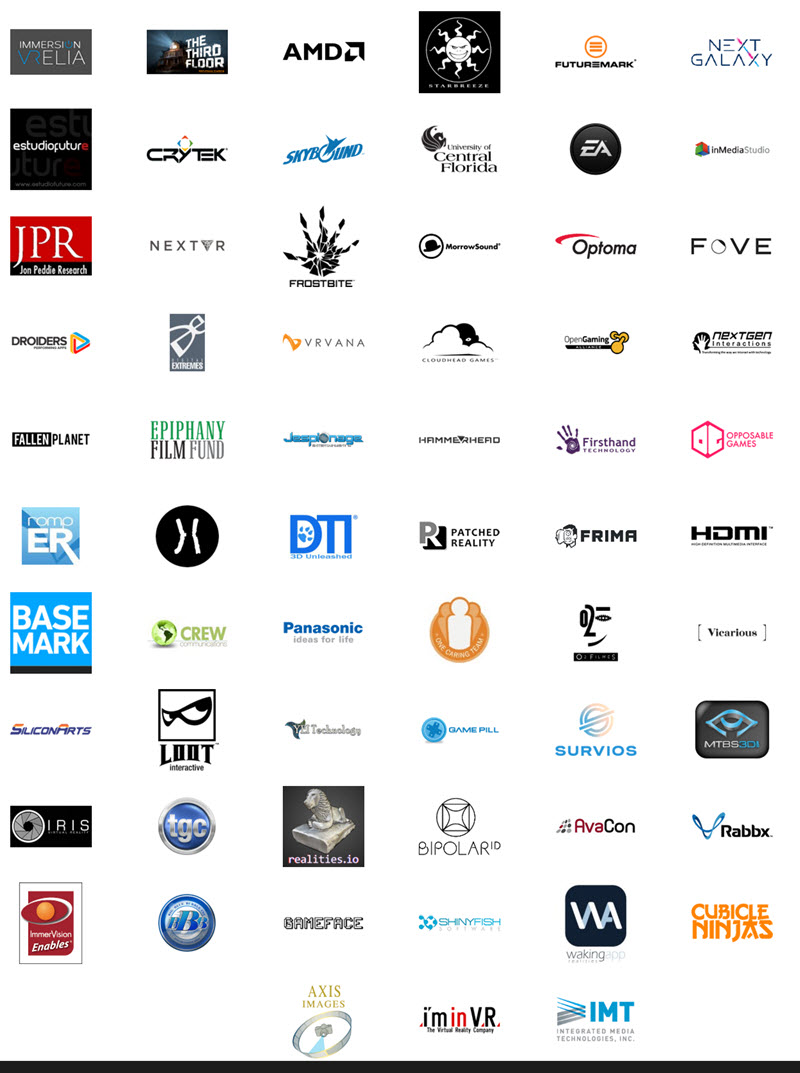Sometimes data is ‘hiding in plain sight’. A couple of weeks ago, I wrote an article that commented on the weak result that had been seen for VR hardware over the Black Friday. I’m indebted for Neil Schneider for reminding me that he “had told you so” – and on this website, to boot!

 Back almost exactly a year ago, Neil, who is an Executive Director of The Immersive Technology Alliance which is working to try to ensure that all the parts come together to enable the ecosystem needed to allow and support VR, pointed out in a Display Daily article (Build to Last: VR Sales Figures You Can Count on) that there were simply not going to be enough high end graphics cards to drive the sales and use of HTC Vive/Oculus Rift class VR devices. The GPUs needed were just too expensive and, using data from our friends at Jon Peddie Research, Neil forecast that this year there were unlikely to be many more than 300,000 high end headsets sold to users by the end of 2016.
Back almost exactly a year ago, Neil, who is an Executive Director of The Immersive Technology Alliance which is working to try to ensure that all the parts come together to enable the ecosystem needed to allow and support VR, pointed out in a Display Daily article (Build to Last: VR Sales Figures You Can Count on) that there were simply not going to be enough high end graphics cards to drive the sales and use of HTC Vive/Oculus Rift class VR devices. The GPUs needed were just too expensive and, using data from our friends at Jon Peddie Research, Neil forecast that this year there were unlikely to be many more than 300,000 high end headsets sold to users by the end of 2016.
On top of those sales to users, Neil estimated in the article that around 200,000 headsets would be sold to developers, and they were likely to happen, whether or not end users bought into the idea of VR. So that would bring overall sales up to around half a million.
Now, the data that I was quoting from Superdata a couple of weeks ago estimated sales in 2016 of, perhaps, 800,000 Oculus and Vive headsets. Canalys thinks that Oculus will reach almost 400,000 this year, with Vive hitting 500,000. Canalys reported last week that 2 million headsets will be sold in 2016, but this included 800,000 for the PlayStation VR in the first three months. If that rate of sales was to continue, the total for the first year would be 3.2 million. In his article, Neil forecast 3.5 million in the first year if it goes well. That’s pretty good forecasting for a new market! Congrats, Neil!

As someone who has been creating forecasts for a long time, I know that Jon Peddie’s saying “If you use a crystal ball, every now and then, you have to eat glass!” has a lot of truth. In the end, nobody knows the future. The purpose of a forecast is to test the thinking of those involved in the market and bring some reality.
 On that basis, Neil got this one very right, and he should be raising a glass, rather than chewing one! As he said a year ago, there are lots of things that need to come together to allow the development of the market. We tag all the articles that we use in our newsletters with topics. Counting the “Virtual Reality” tag entries, I can see that we have written over 600 articles on the topic over the last two years, so the level of activity is undoubted.
On that basis, Neil got this one very right, and he should be raising a glass, rather than chewing one! As he said a year ago, there are lots of things that need to come together to allow the development of the market. We tag all the articles that we use in our newsletters with topics. Counting the “Virtual Reality” tag entries, I can see that we have written over 600 articles on the topic over the last two years, so the level of activity is undoubted.
The Alliance is working on events as well as coordinating activities. It has held the Immersed and Immersed Europe events to get people together.
If you’re involved in VR, you might also want to look here and here at what Neil has been doing in looking at the retail experience of buying VR.
Bob
Neil Schneider is best known for founding Meant to be Seen (mtbs3D.com), the first modern immersive technology gaming community and the launch point of products like The Oculus Rift, the Virtuix Omni, the open source Vireio Perception VR drivers, and more. Neil is also the founder of The Stereoscopic 3D Gaming Alliance which the Immersive Technology Alliance(http://www.ita3D.com) is born from.


